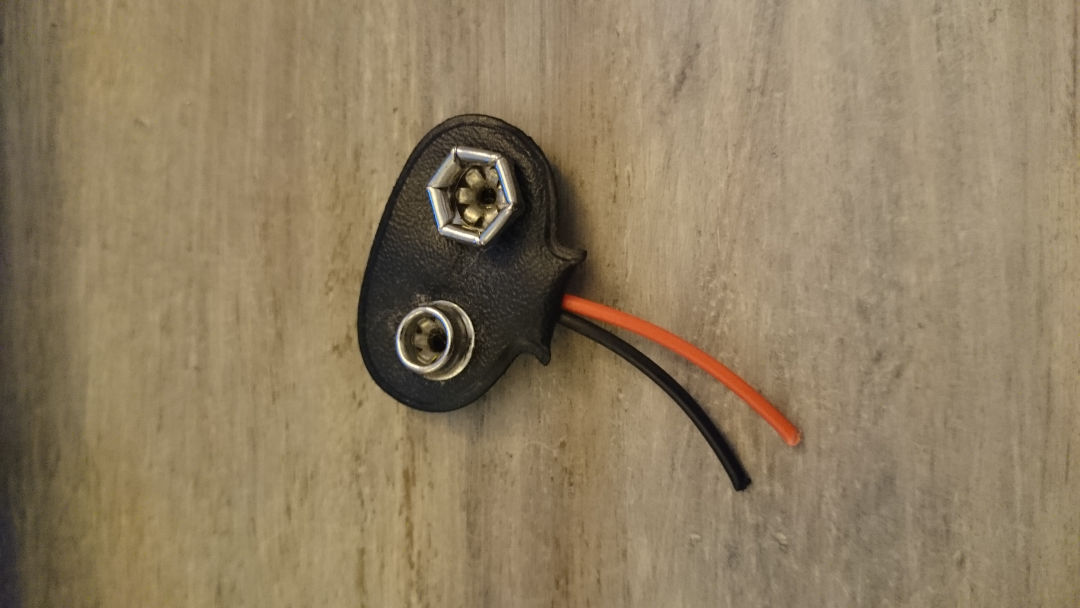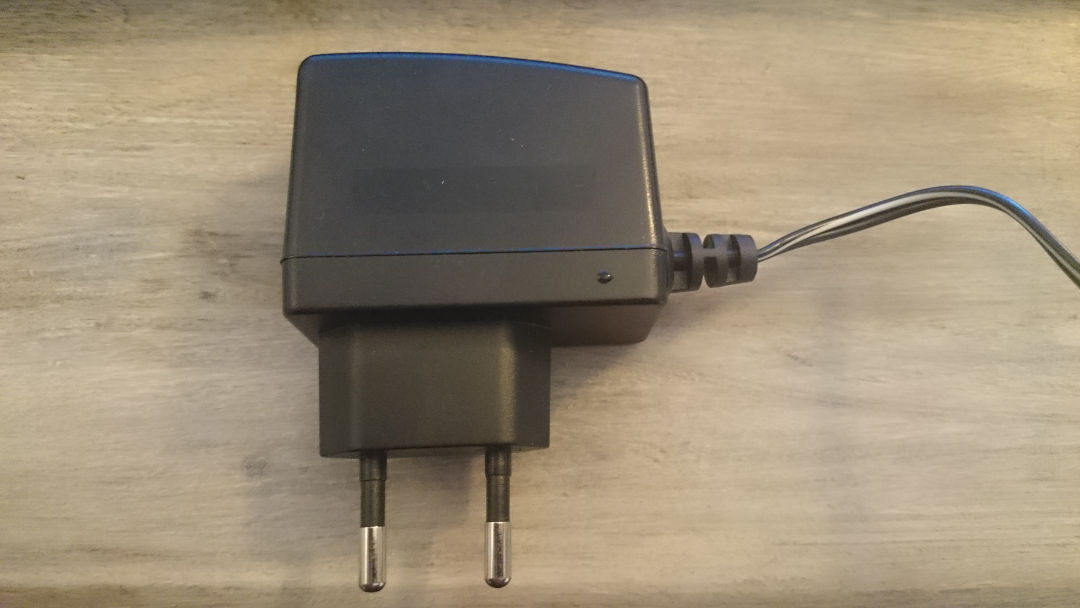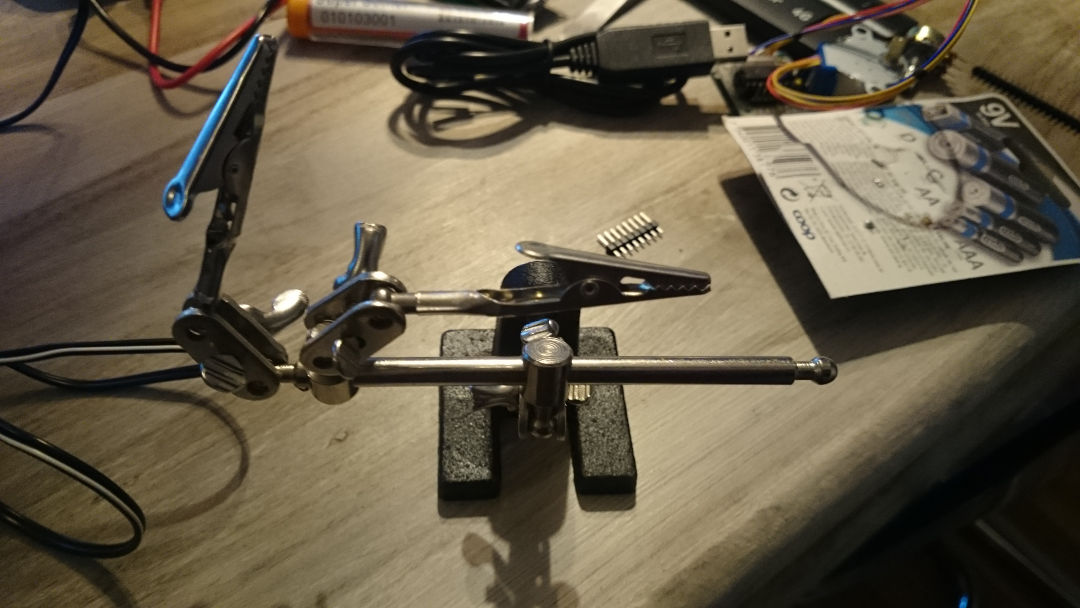My first practical electronic hack
So, some time ago I figured I'd start a bit with electronics, soldering, circuit boards etc. I laid that on the shelf for a while, and now after I created that Raspberry Pi Wi-Fi router ( http://blogologue.com/blog_entry?id=1482409533X51 ) my motivation to start hardware hacking returned.I've read up a little bit about electronics; resistors, potentiometers, diodes, voltage etc. - all in a very leisurely pace. I have bits and pieces of electronics lying around, including a Raspberry Pi / Arduino kit as well as some variants of the Arduino card.
I also have various adapters, wires and whatnot lying around after many years of consuming electronics, so I figured that I could take a DC power plug that fits in the Arduino MEGA and connect that to the power adapter that goes into the wall socket.
The DC power plug for the Arduino came from a 9V->Arduino DC power plug connector and since batteries are expensive and I might end up putting that Arduino up for some practical use, splitting the 9V connector from the DC power plug was an easy decision. Fortunately there are online webshops like dx.com and aliexpress.com that sell bits and pieces of electronics at very low prices.
So here's the 9V connector that I didn't need:

I'm going to store that in a box of bits and pieces, as I might need it again some day. I also left some wire on it so it's easy to connect to whatever later.
I also separated the plug from the wall adapter, a standard adapter that gives 5 volts and 0.8 amps, or 4W max

I also stripped the end of the wire from the adapter and twisted the wires from the DC plug and the adapter together, and put them in one of those things that can hold circuit boards etc.

Put some cardboard underneath for capturing soldering spills and soldered the wires together. Then I wrapped some office-grade tape around the soldered wires for insulation, gave them a quick heat treatment with a lighter and then wrapped another round of tape around them. It's not electrical tape but I assume it is good enough, it's not a lot of current in those wires.
OK, so here's the result of my first practical hardware hack which involves soldering:

It works and I've made good use of an adapter that probably would have been lying stored and eventually discarded (who can keep track of these adapters and their connectors anyway).
The only issue now is figuring out why the Arduino gives only 3.5V on its 5V pin; using the multimeter on the DC intake shows a bit more than 5V so it might just be that that's the way things work. I have a 5V motor I'd like to connect to the Arduino to play around a bit.
[Permalink] [By morphex] [Technology (Atom feed)] [10 Jan 13:34 Europe/Oslo]